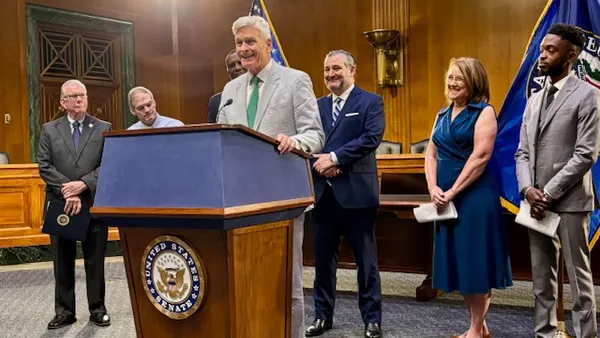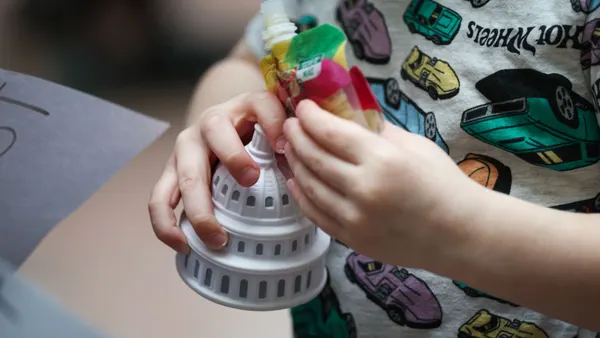Dive Brief:
- The rise in youth suicide is tied partially to the illicit opioid crisis that disrupted home lives and caused trauma for children, a new Rand Corp. analysis shows.
- This link between illicit opioid use and youth suicide is blamed in part on the 2010 release of a version of OxyContin meant to deter abuse after the original prescription opioid was pulled from the market, according to the analysis by the nonprofit research group and published by Duke University Press.
- The formula change may have in fact led to the growth of markets for illicit and synthetic opioids like fentanyl and adversely affected children's living conditions, the report said. Worsening living conditions for youth cited in the report include neglect, disrupted home lives, reduced household income and crime.
Dive Insight:
“While the use of illicit opioids did not increase among children, it appears they were negatively affected by the broader effects of the illicit opioid crisis,” said David Powell, the study's lead author and a senior economist at Rand, in a statement.
Researchers looked at suicide rates from 1980 to 2020 of children ages 10-17 and noted an "unprecedented rise" from 2011 to 2018. Additionally, states that were more exposed to the reformulated drug were more affected by illicit opioids and had higher rates of youth suicides.
The study said it found little evidence of changes in youth opioid use in that time frame. Data from the Centers for Disease Control and Prevention show a 169% increase in deaths from illicit fentanyl among youths ages 14-18 from 2019 to 2020 and a nearly 30% increase from 2020-21.
A separate CDC report found that in 2021, nearly 1 in 3 teenage girls seriously considered attempting suicide.
Schools have responded to the youth mental health crisis by hiring more counselors and social workers and creating wellness centers, as well as by partnering with community-based mental health providers. Some have limited student access to social media by prohibiting personal cell phone use during the school day.
Local, state and federal agencies are also increasing opioid use prevention efforts through instruction on the dangers of fentanyl and through training for overdose response.
The Rand report said little is known as to why youth suicides rates have climbed sharply in recent years, although it noted that some research has considered associations with social media use and adverse impacts on student mental health, as well as other factors. The study said it is the first to draw a link between youth suicide rates and OxyContin's reformulation.
"As the opioid crisis continues to transition to illicit and synthetic opioids, the destructive exposure of children to this social environment will only worsen," the report said. "The damage and suffering caused by the opioid crisis are not reserved to those misusing opioids.”













